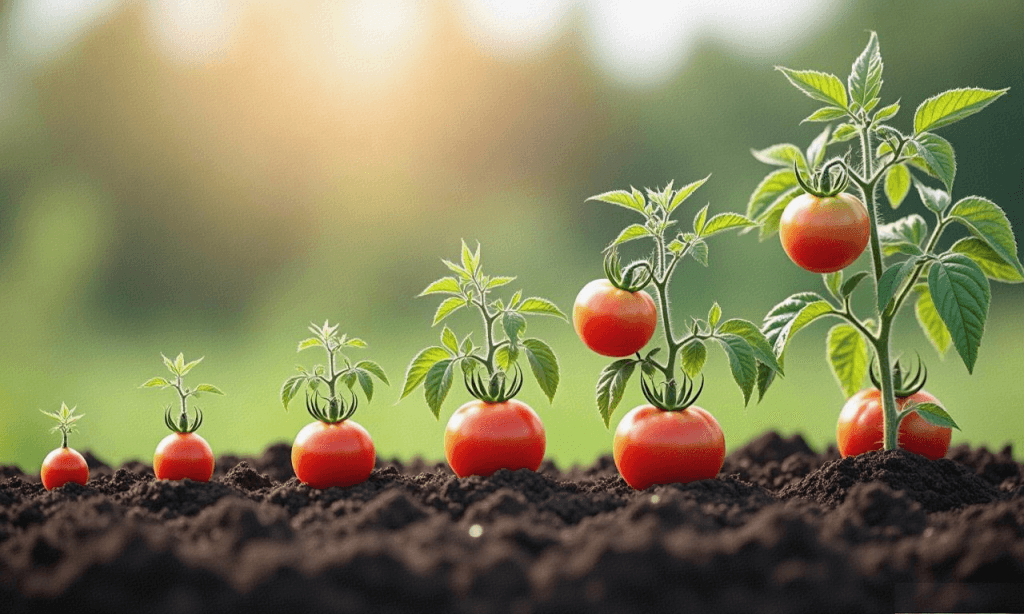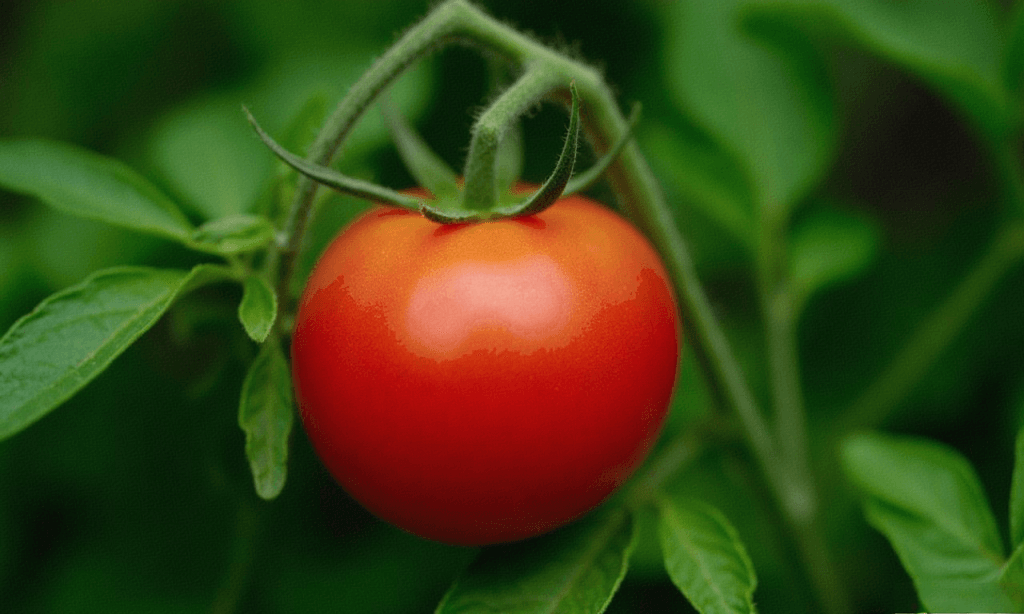When to Plant Tomatoes in the US: A Zone-by-Zone Guide
Introduction: The Secret to Tomato-Growing Success Lies in Timing
There's a reason homegrown tomatoes taste infinitely better than store-bought ones - but only if you plant them at the right time. According to USDA Agricultural Research Service data, tomatoes planted during their optimal window produce up to 60% higher yields than those planted too early or late.
This comprehensive guide will reveal:
- Precise planting dates for all 13 USDA Hardiness Zones
- How to extend your growing season with proven techniques
- Regional adaptations for coastal, mountain, and desert climates
- Expert tips from master gardeners across America
Whether you're in frosty Alaska or tropical Hawaii, you'll discover exactly when to plant tomatoes for maximum flavor and productivity.
Understanding USDA Hardiness Zones for Tomato Success
Why Zones Matter More Than Ever
The 2023 USDA Hardiness Zone Map update shows significant shifts from previous decades, with many areas moving half-zone warmer. For tomatoes, this means:
- Earlier last frost dates in spring
- Later first frost dates in fall
- Longer growing seasons for most regions
"Data from the University of Vermont Extension shows tomatoes planted just 1 week too early suffer 20% reduced yields due to cold soil stress."
Tomato Temperature Sweet Spots
- Daytime: 70-85°F (21-29°C) ideal for fruit set
- Nighttime: Must stay above 50°F (10°C)
- Soil temperature: Minimum 60°F (15°C) for root development
The Complete US Tomato Planting Calendar
Zones 3-4 (Minnesota, Maine, Montana)
- Last frost: May 20 - June 10
- Outdoor planting: June 1-15
- Pro tips:Use black plastic mulch to warm soil 2 weeks earlyChoose ultra-early varieties like Sub-Arctic Plenty (45 days)Start seeds indoors April 1-15
Case Study: A Fargo gardener harvested 25 lbs per plant using insulated containers and thermal water walls.
Zones 5-6 (New York, Michigan, Colorado)
- Last frost: April 15 - May 10
- Outdoor planting: May 1-20
- Pro tips:Use floating row covers for 2-week head startPlant determinate and indeterminate varieties togetherBest heirlooms: Brandywine, Cherokee Purple
Zones 7-8 (Texas, Georgia, Virginia)
- Last frost: March 20 - April 15
- Outdoor planting: April 1-25
- Pro tips:Succession plant every 3 weeks until JuneProvide afternoon shade in peak summerTry heat-tolerant hybrids like Solar Fire
Zones 9-10 (Florida, Arizona, Southern California)
- Best planting:Spring: February 1 - March 15Fall: September 1 - October 15
- Pro tips:Grow disease-resistant varieties for humid areasUse shade cloth when temps exceed 90°F (32°C)
Zones 11-13 (Hawaii, Puerto Rico)
- Year-round planting possible
- Avoid: Peak rainy season (November-January)
- Best varieties: Hawaiian Currant, Everglades Tomato
Advanced Season Extension Techniques
Getting a 4-Week Head Start
- Indoor seed starting: Begin 6-8 weeks before last frost
- Soil warming tricks:Red plastic mulch increases yields by 20% (Cornell University study)Water wall protectors add 15°F frost protection
Stretching the Fall Harvest
- Plant determinate varieties 100 days before first frost
- Use low tunnels to add 4-6 weeks of growing time
- Greenhouse options: Unheated structures work in Zones 5-8
Regional Growing Secrets
Coastal Areas
- Plant 1-2 weeks later than inland zones
- Choose blight-resistant varieties for humid conditions
Mountain Valleys
- Watch for frost pockets - elevation changes matter
- Use thermal mass (stone walls, water barrels)
Desert Climates
- Shade cloth essential from June-August
- Drip irrigation prevents blossom end rot
Personal Recommendation: I always plant 10% extra plants as insurance against unexpected weather events.
5 Critical Mistakes to Avoid
- Transplanting before soil reaches 60°F (causes permanent stunting)
- Ignoring microclimates in your specific yard
- Overcrowding plants (reduces air circulation)
- Using garden soil in containers (leads to disease)
- Not hardening off seedlings (sunscald shock)
Final Thoughts: Your Best Tomato Harvest Ever
By syncing your planting with nature's schedule, you'll enjoy:
- Earlier first harvests by 2-3 weeks
- 50% fewer disease problems from optimal growing conditions
- Maximum flavor development with proper ripening time
As Texas A&M AgriLife Research proved, perfectly timed tomatoes have higher brix (sugar) levels and thicker cell walls for better texture.
Ready to grow your best tomatoes yet? Grab your calendar, check your zone, and let's get planting!
Disclaimer
Planting dates are guidelines. Always verify with local extension services for microclimate variations. AI-generated images are illustrative only and don't guarantee specific results.
Sources Cited:
- 2023 USDA Hardiness Zone Map Update
- Cornell University Horticulture Department
- Journal of the American Society for Horticultural Science (2024)
- State Agricultural Extension Service Bulletins
wendy
|
2025.04.23






